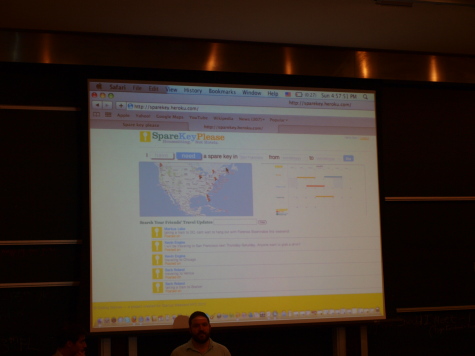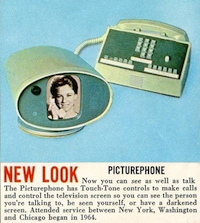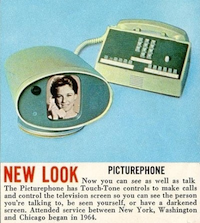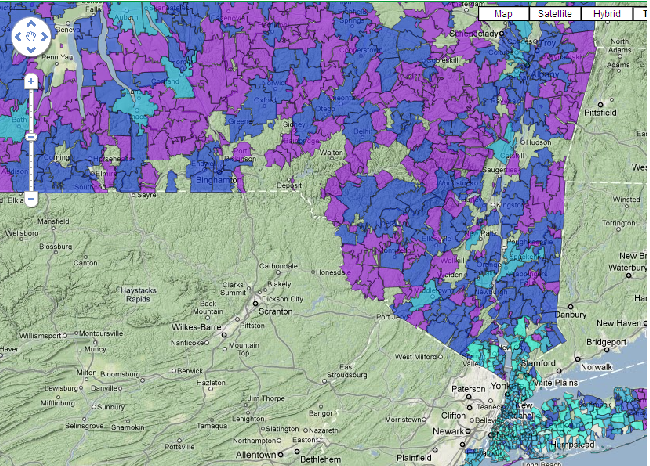![]() I had been meaning to set up a database containing all the startup companies that I’ve been following in this blog. Finally, with enough entries and notes in my spreadsheets, and some spare time that opened up this week and last, I was able to put something together. You can peruse the results of my efforts under this blog’s Up Starts category.
I had been meaning to set up a database containing all the startup companies that I’ve been following in this blog. Finally, with enough entries and notes in my spreadsheets, and some spare time that opened up this week and last, I was able to put something together. You can peruse the results of my efforts under this blog’s Up Starts category.
A word about my selection criteria: it is not meant to generate a list of all-the-usual well funded NYC start-up suspects (but we’ll have some of those as well). It’s teeny start-ups, private betas, open source efforts, contest winners, or perhaps an interesting idea that a few enterprising folks have swarmed around. Hence, the “Up Start” label.
It will be an ongoing effort to keep this up to date. If you have a tip, email me at editor@technoverseblog.com.


 Let the games begin and ex parte filings flow! The FCC formally opened its proceedings yesterday on the classification of broadband Internet. The agency released a 64 page, footnote-chocked Notice of Inquiry, Framework for Broadband Internet Service, to set this round in motion.
Let the games begin and ex parte filings flow! The FCC formally opened its proceedings yesterday on the classification of broadband Internet. The agency released a 64 page, footnote-chocked Notice of Inquiry, Framework for Broadband Internet Service, to set this round in motion.


 Google may have accidentally-on-purpose scooped up data while (war)driving in Germany, and its new option to change the background on its home page is just plain silly, but they did do something right in the last few weeks.
Google may have accidentally-on-purpose scooped up data while (war)driving in Germany, and its new option to change the background on its home page is just plain silly, but they did do something right in the last few weeks.


